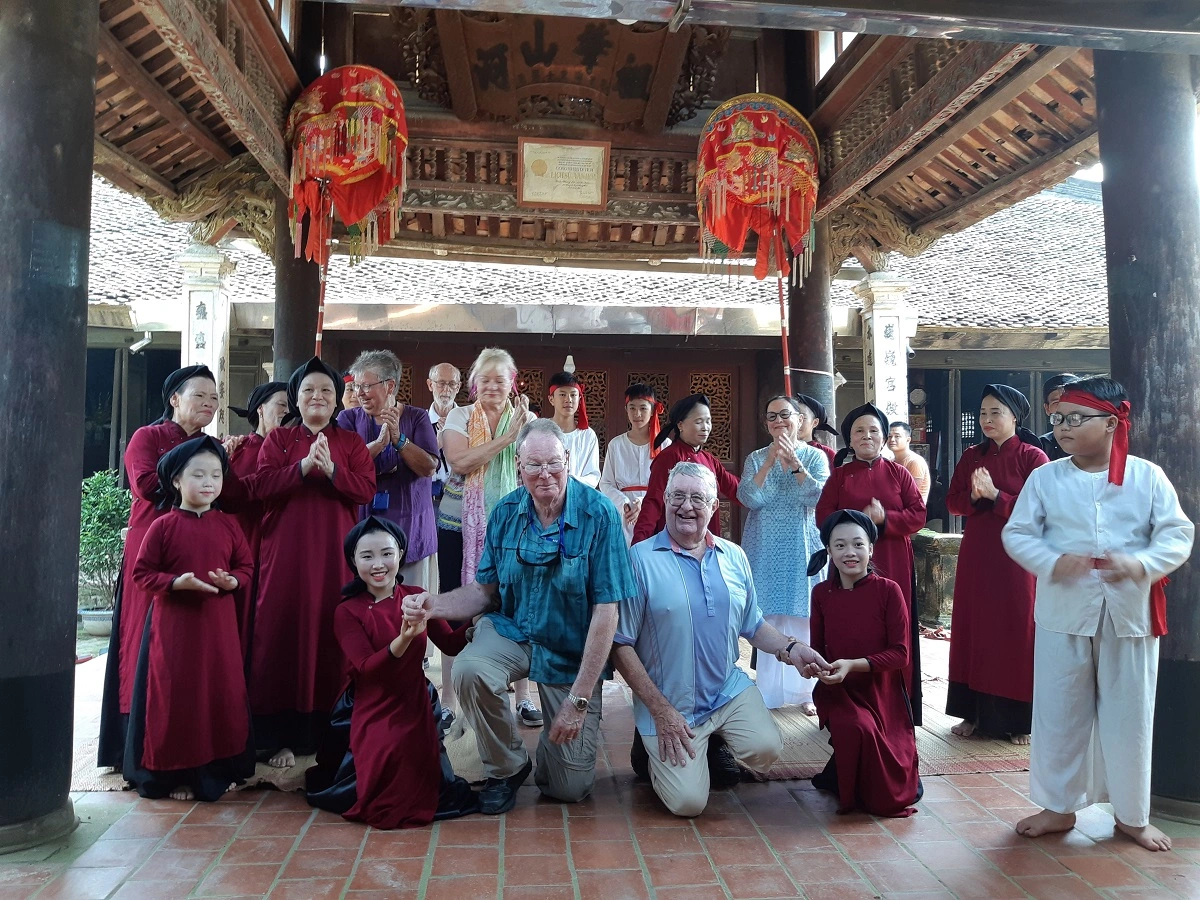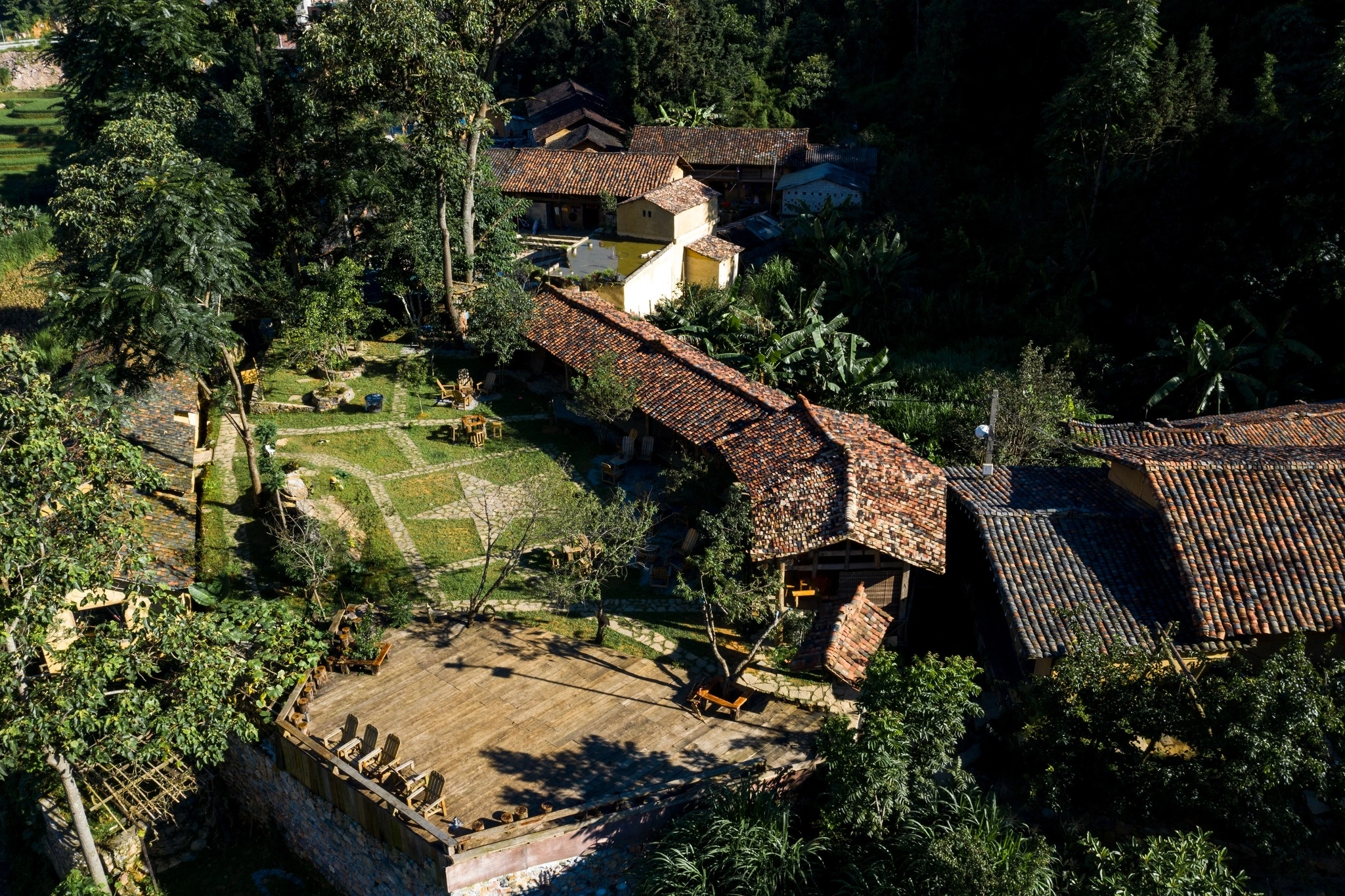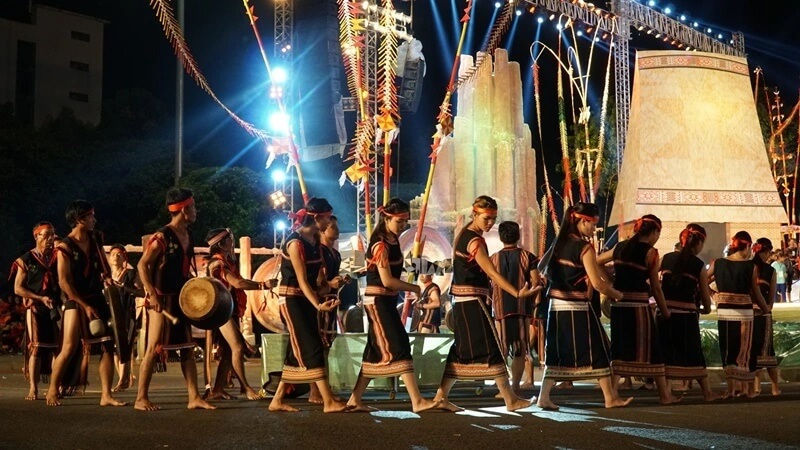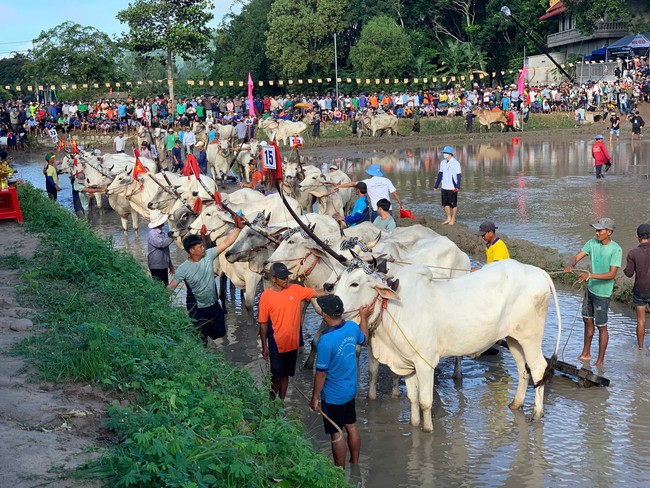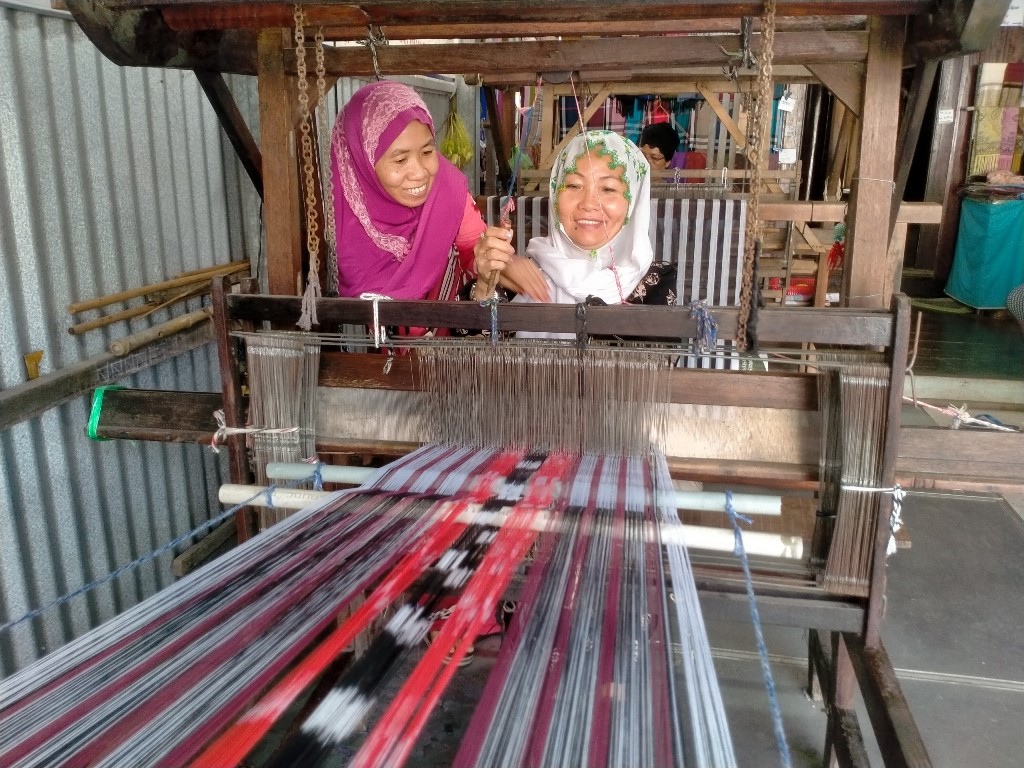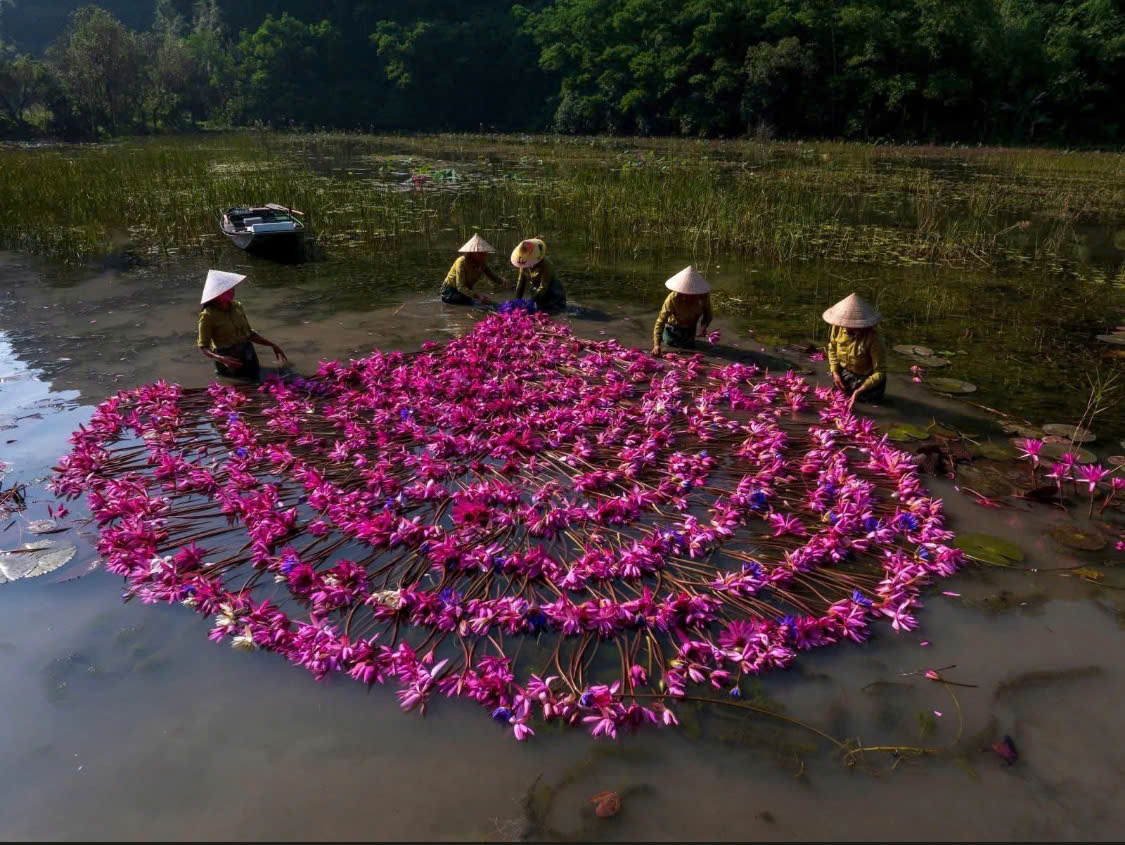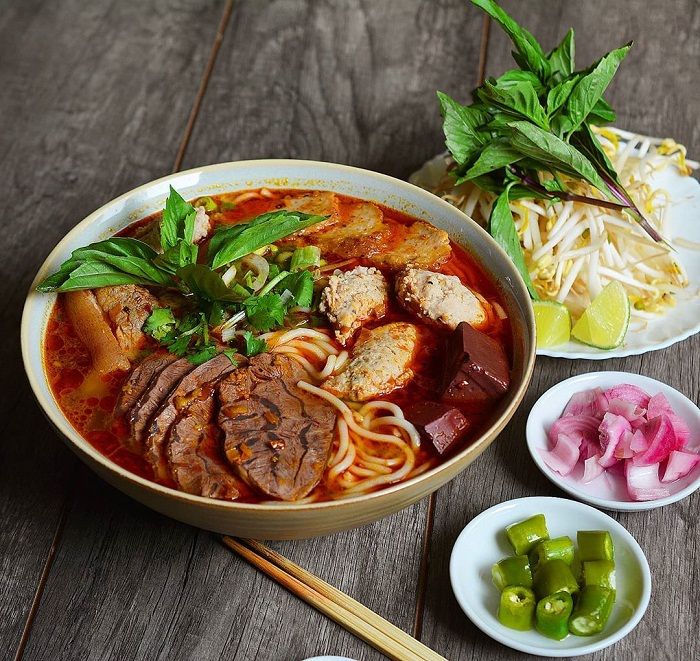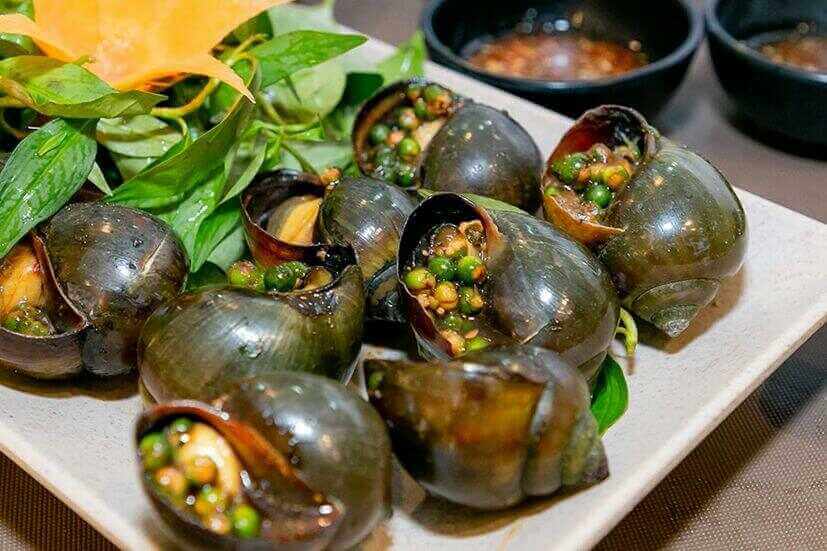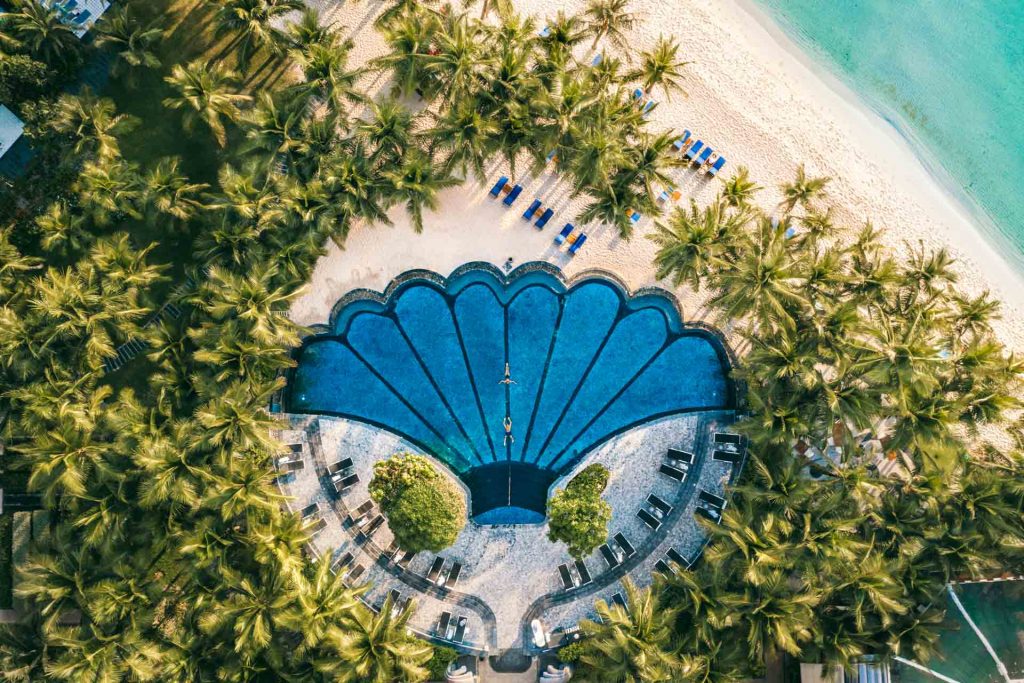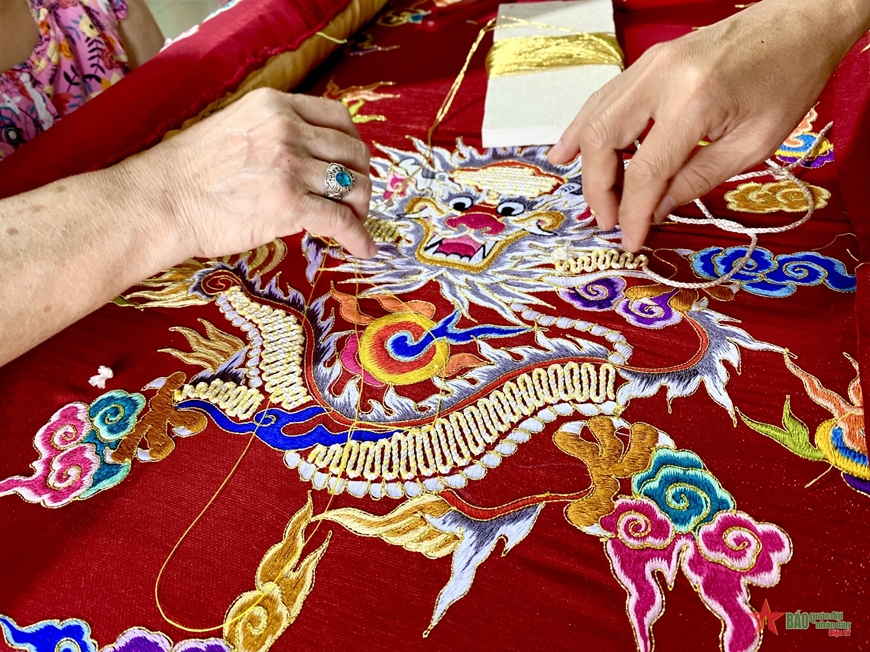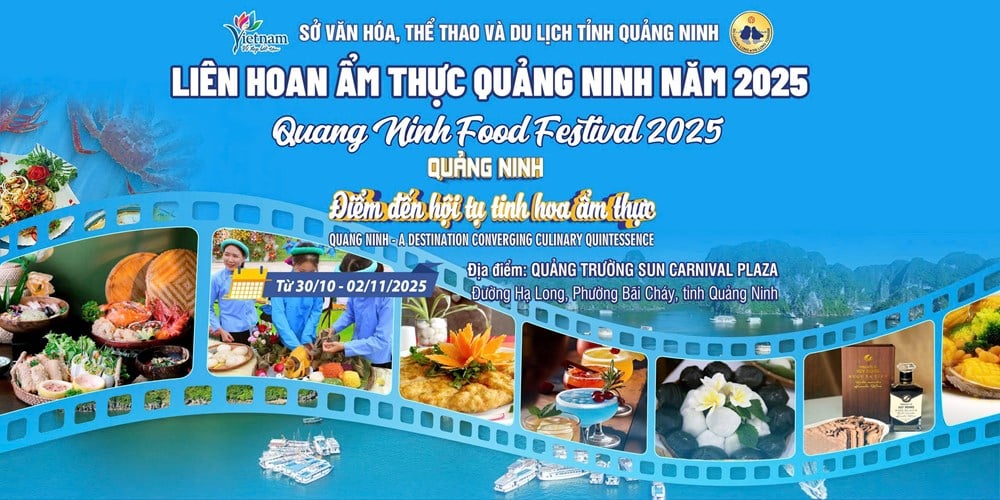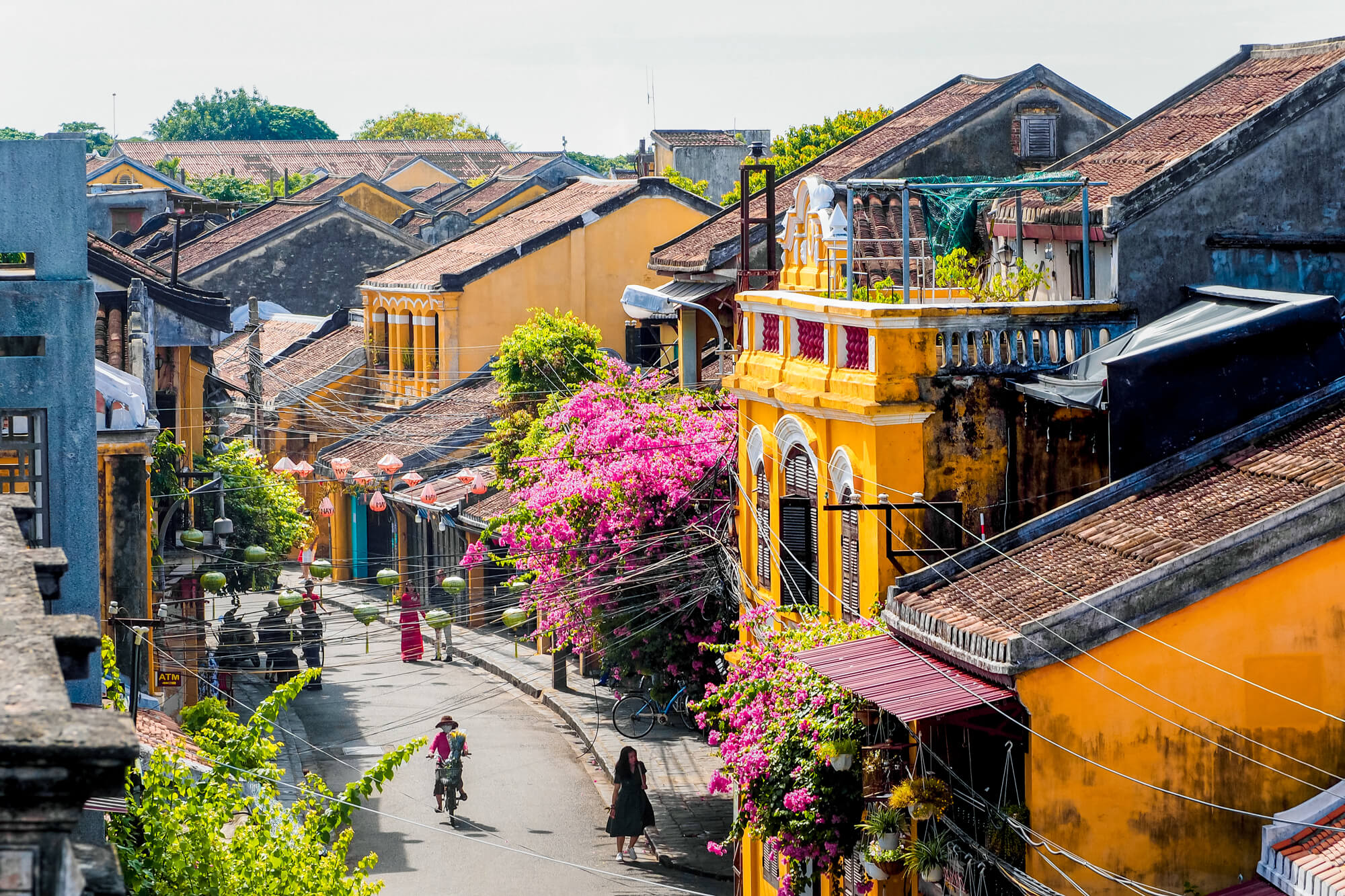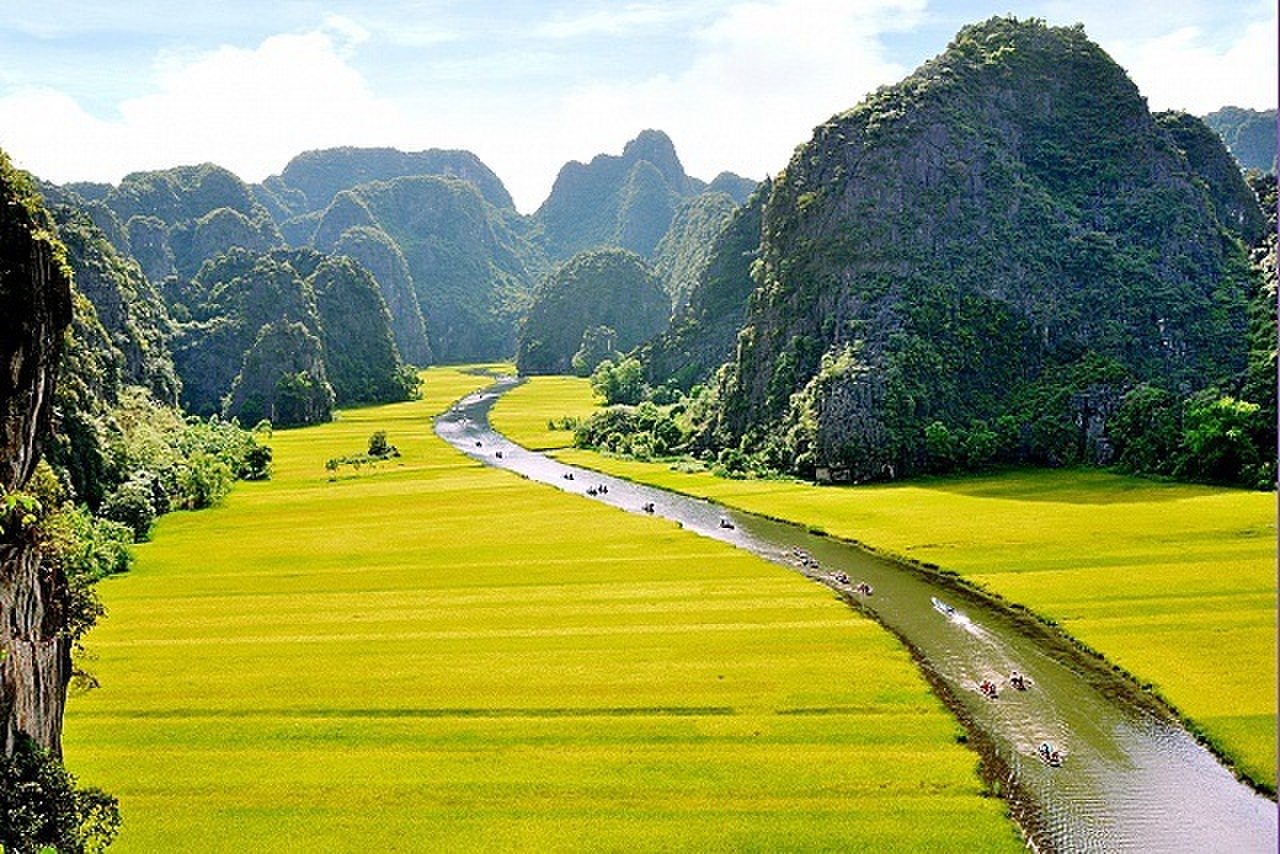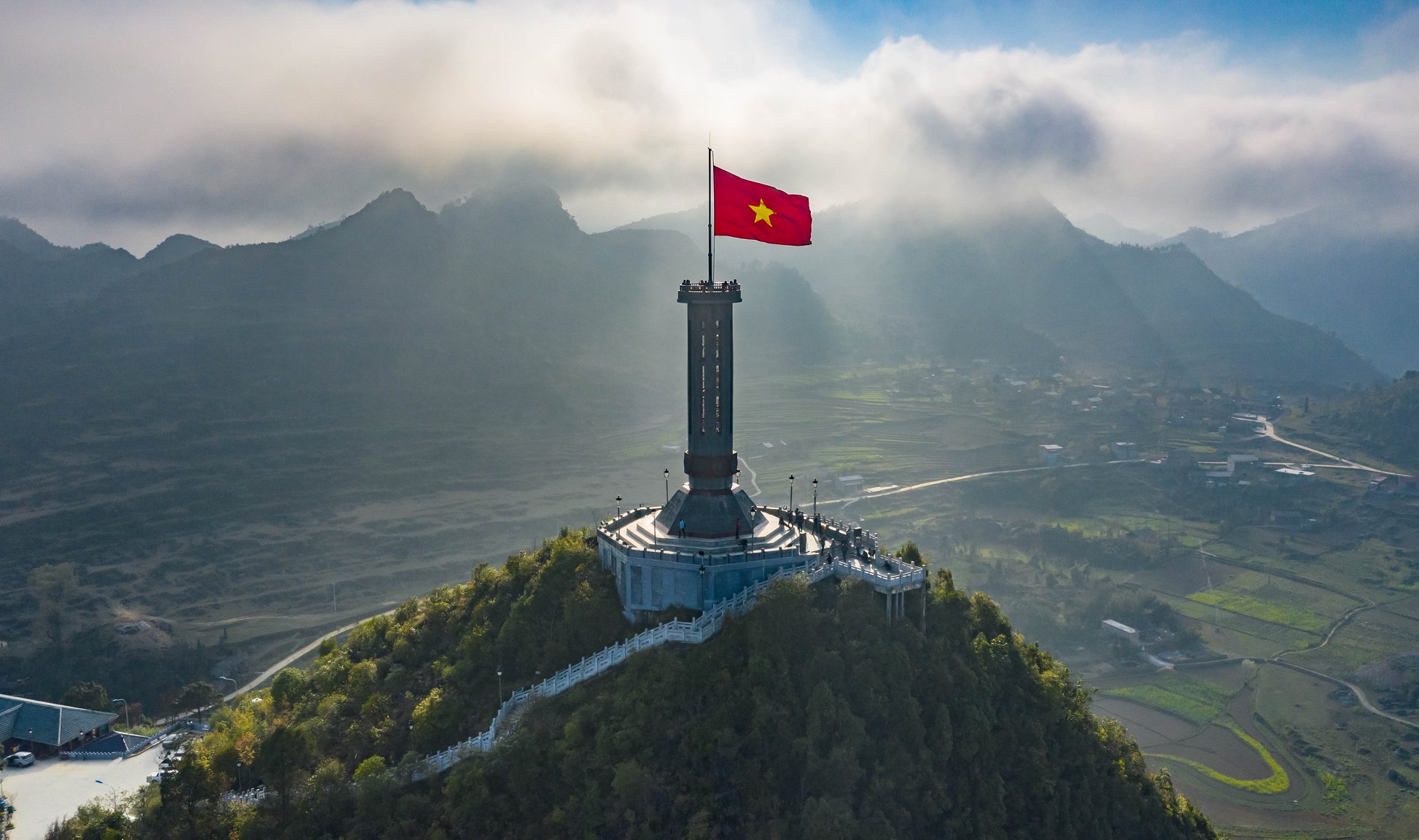Discovering Vietnam: Essential Travel Tips for an Unforgettable Journey

Vietnam is a land of stunning natural landscapes, rich cultural heritage, and bustling cities. From the tranquil waters of Ha Long Bay to the vibrant streets of Ho Chi Minh City, this Southeast Asian gem offers travelers diverse experiences. Whether you’re a seasoned traveler or embarking on your first adventure to Vietnam, here are some essential tips to ensure you make the most of your journey.
1. Best Time to Visit
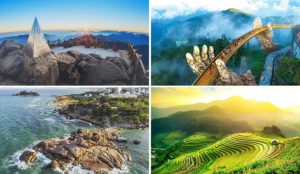
Vietnam is a long, narrow country with varying climates from north to south. The best time to visit depends on the regions you plan to explore:
- Northern Vietnam (Hanoi, Ha Long Bay, Sapa): The best time to visit is from October to April when the weather is cooler and drier. Avoid May to September as it can be hot and rainy.
- Central Vietnam (Hue, Da Nang, Hoi An): The dry season from February to August is ideal for beach lovers, while the rainy season from September to January can bring typhoons.
- Southern Vietnam (Ho Chi Minh City, Mekong Delta, Phu Quoc): The climate is warm year-round, but the dry season from November to April is preferable for outdoor activities.
2. Getting Around
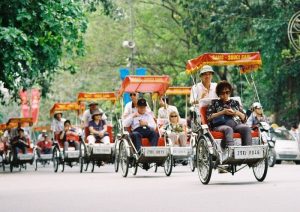
Vietnam’s transportation network is well-developed, making it relatively easy to get around. Here are some options:
- Domestic Flights: Domestic flights are the quickest option for long distances, especially between major cities. Airlines like Vietnam Airlines, VietJet Air, and Bamboo Airways offer frequent flights at reasonable prices.
- Trains: Traveling by train is a scenic and comfortable way to explore Vietnam, especially the Reunification Express, which runs from Hanoi to Ho Chi Minh City. Opt for a soft sleeper for overnight journeys.
- Buses: Buses are the most budget-friendly option and connect even remote areas. Sleeper buses are available for long trips, but they can be crowded and less comfortable.
- Motorbikes: For the adventurous, renting a motorbike is a popular way to explore cities and rural areas. However, traffic can be chaotic, so it’s important to have some experience and a good sense of direction.
- Taxis and Ride-Sharing: Taxis are widely available in cities, but ensure the meter is used or agree on a price beforehand. Ride-sharing apps like Grab or Xanh SM are reliable and often cheaper.
3. Cultural Etiquette
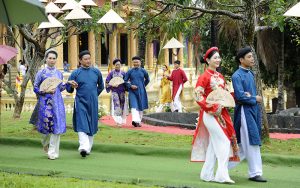
Vietnamese culture is deeply rooted in traditions, and understanding local customs will enrich your travel experience:
- Greetings: A slight bow or a handshake with both hands is a polite way to greet someone. In rural areas, a bow might be more appropriate.
- Dress Modestly: When visiting temples or pagodas, wear modest clothing that covers your shoulders and knees. It’s also respectful to remove your shoes before entering.
- Respect Elders: Vietnamese culture places great importance on respecting elders. Always address older people with a polite title such as “Ông” (Mr.) or “Bà” (Mrs.).
- Dining Etiquette: When eating in a group, wait for the eldest person to start eating first. It’s also polite to pass food with both hands and not stick your chopsticks upright in your rice bowl, as it resembles incense sticks used at funerals.
4. Currency and Tipping
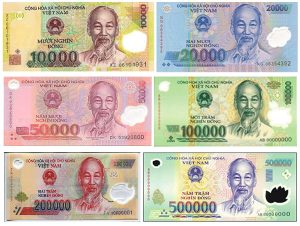
The official currency in Vietnam is the Vietnamese Dong (VND). While US dollars are sometimes accepted in tourist areas, it’s best to use local currency. ATMs are widely available in cities, but in rural areas, it’s wise to carry enough cash.
- Tipping: Tipping is not mandatory but is appreciated in the service industry. In restaurants, leaving a small tip or rounding up the bill is common. For hotel staff or tour guides, a tip of around 50,000 to 100,000 VND is appropriate or more and it depends on the service.
5. Street Food and Local Cuisine
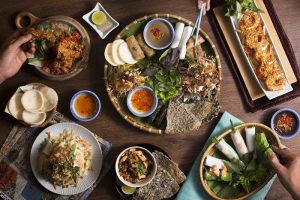
Vietnam is a food lover’s paradise, with street food being a highlight of any visit. Here are some tips to enjoy the culinary delights safely:
- Eat Where the Locals Eat: A busy street food stall is a good sign that the food is fresh and popular. Don’t hesitate to join the locals and try dishes like “Phở” (noodle soup), “Bánh Mì” (Vietnamese sandwich), and “Bún Chả” (grilled pork with noodles).
- Stay Hydrated: The tropical climate can be hot and humid, so stay hydrated. Bottled water is recommended, and avoid ice in drinks unless you’re sure of the source.
- Vegetarian Options: While Vietnam is famous for its meat dishes, vegetarian food is also widely available. Look for dishes like “Gỏi Cuốn” (fresh spring rolls) and “Bánh Xèo” (savory pancakes), which can be made without meat.
6. Accommodation Choices
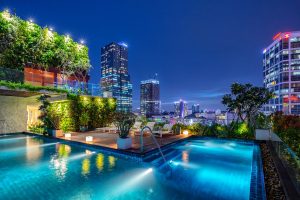
Vietnam offers a wide range of accommodation options to suit all budgets:
- Hotels: From luxurious resorts to budget hotels, you’ll find a variety of options in major cities and tourist areas. Booking in advance is advisable during peak season.
- Homestays: For a more authentic experience, consider staying in a homestay, especially in rural areas like Sapa or the Mekong Delta. This allows you to connect with local families and learn about their way of life.
- Hostels: Budget travelers will find plenty of hostels in cities like Hanoi and Ho Chi Minh City. These are great for meeting fellow travelers and often include free breakfast.
7. Must-See Destinations
Vietnam is brimming with incredible places to visit. Here are some must-see destinations:
- Hanoi: The capital city is a blend of ancient history and modern energy. Explore the Old Quarter, visit Hoan Kiem Lake, and discover the city’s many museums and temples.
- Ha Long Bay: A UNESCO World Heritage site, Ha Long Bay is famous for its emerald waters and thousands of limestone islands. Consider an overnight cruise to fully appreciate its beauty.
- Hue: Once the imperial capital, Hue is known for its historic citadel, royal tombs, and pagodas. A boat trip along the Perfume River is a must.
- Hoi An: This charming town is a UNESCO World Heritage site, known for its well-preserved architecture, lantern-lit streets, and vibrant markets. Don’t miss the chance to take a cooking class here.
- Ho Chi Minh City: The bustling metropolis is a mix of old and new, with colonial buildings, war museums, and modern skyscrapers. Visit the Cu Chi Tunnels and take a trip to the Mekong Delta for a taste of rural life.
- Phu Quoc Island: For some relaxation, head to Phu Quoc, Vietnam’s largest island, known for its white-sand beaches and clear waters. It’s a great place for snorkeling, diving, or simply unwinding.
8. Safety and Health
Vietnam is generally a safe country for travelers, but it’s important to take some precautions:
- Stay Vigilant: Petty theft can occur, especially in crowded areas. Keep your belongings secure, and avoid carrying large amounts of cash.
- Health Precautions: Ensure you have travel insurance that covers medical expenses. Consider vaccinations for diseases like Hepatitis A and B, typhoid, and tetanus. Mosquito repellents are also recommended, particularly in rural areas.
- Traffic Awareness: Traffic in Vietnam can be hectic, especially in big cities. When crossing the street, move slowly and steadily, making eye contact with drivers.
9. Responsible Travel
As tourism grows, it’s important to travel responsibly:
- Respect Local Cultures: Be mindful of local customs and dress appropriately, especially in religious sites.
- Reduce Plastic Use: Bring a reusable water bottle and avoid single-use plastics when possible.
- Support Local Businesses: Buy souvenirs from local artisans, eat at family-run restaurants, and stay in locally-owned accommodations.
Conclusion
Vietnam is a country that offers something for every traveler, from breathtaking landscapes to rich cultural experiences. By following these tips, you’ll not only ensure a smooth and enjoyable trip but also gain a deeper appreciation for the vibrant culture and warm hospitality that make Vietnam such a special destination. Happy travels!



